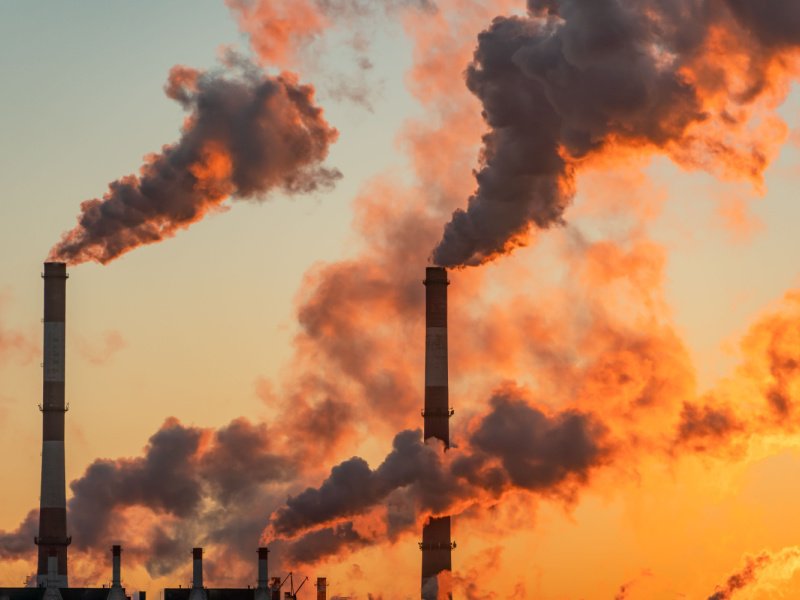Peak bodies for the minerals and cement industries are at odds with Fortescue Metals Group in calling for the National Reconstruction Fund to support carbon capture and storage technology.
Fortescue and its green hydrogen subsidiary Fortescue Future Industries have argued that the National Reconstruction Fund (NRF) should not support the development of carbon capture technology as it enables ongoing extraction and use of fossil fuels.

“The NRF should only support projects that eliminate the use of fossil fuels and should not support projects that enable fossil fuel extraction or use, such as carbon capture or fossil fuel-based hydrogen,” the Fortescue submission reads.
The Greens, whose support the government will need to pass the NRF bill through the senate, have already indicated that they will oppose it if it supports the “construction of infrastructure for coal and gas use”.
Meanwhile, the Minerals Council of Australia (MCA) argues that carbon capture, use, and storage (CCUS) technology “should be considered value-adding and low emissions”.
“CCUS offers great potential for Australia in terms of enhancing the sustainability of coal and gas industries by dramatically reducing if not eliminating the emissions in production and consumption. It also potentially enables clean [low emissions] hydrogen and ammonia production from coal and gas sources,” the MCA submission reads.
Fortescue has never been a member of the Minerals Council of Australia and has previously clashed with the organisation. It has reportedly criticised the MCA for being “close to its largest members, BHP and Rio Tinto”.
Fortescue is currently committed to eliminating scope one and two emissions across its iron ore operations by 2030. The Minerals Council’s industry target is to achieve net-zero by 2050.
In the October 2022 Budget, the federal government established a $141.1 million program to support R&D for novel CCUS technologies, such as direct air capture, for use in hard to abate sectors. It will support demonstration activities but not commercialisation activities.
The Cement Industry Federation also used its NRF submission to call for the fund to invest in CCUS, arguing that it “is a key example of a suite of technologies that have the potential to significantly reduce emissions while maintaining the international competitiveness”.
The industry association said cement manufacturing is one of the hardest to abate sectors as there are “limited technology options available in the short to medium term… to address ‘process carbon dioxide emissions’ associated” with the chemical process of making cements.
The submission notes that “up to 70 per cent of scope one emissions are a result of the unavoidable chemical reaction”. Scope one emissions in the mining sector are dominated by the combustion of diesel for vehicles and machinery.
The Western Australian Department of Jobs, Tourism, Science, and Innovation is also calling for the NRF to support CCS and CCUS technologies, pointing to the “significant opportunity to develop large-scale CCS and CCUS projects across Australia”, including in WA.
“The development of this technology also underpins the growth of other new low emissions industries, such as blue hydrogen and low-emissions cement and steel production, and provides the technology to meet international decarbonisation goals,” the submission reads.
Under the former Coalition government, several unsuccessful attempts were made to allow the Clean Energy Finance Corporation (CEFC) to invest in CCS technology.
The former government’s $1 billion Low Emissions Technology Fund through the CEFC has since been transformed into the Powering Australia Technology Fund, with any intention to support CCS development removed.
CCS was previously one of the six technologies prioritised for development by the Morrison government to meets its emissions reduction targets.
Do you know more? Contact James Riley via Email.

